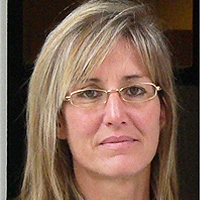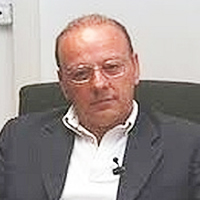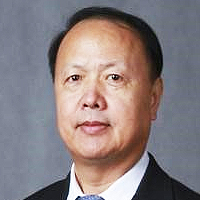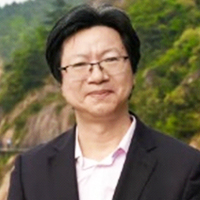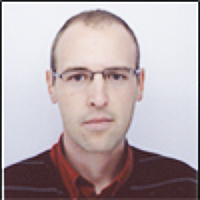A rare case of Diabetic Foot in male of middle age has been shown Diabetic foot
Published on: 13th October, 2018
OCLC Number/Unique Identifier: 7877944611
A rare case of Diabetic Foot in male of middle age has been shown.
State of the science in diabetic foot: subjective screening vs. objective diabetic neuropathy examination in primary care
Published on: 14th October, 2022
Among the conditioning factors of Diabetic Foot (DF), neuropathy is considered the main factor, arteriopathy the aggravating factor, and foot deformities the triggering factor. The preventive interventions for DF and its complications are distributed by levels of care. At the higher level, hospital care focuses on reducing DF amputations. At the lower level, Primary Care (PC) and Podiatry, focused on preventing DF. PC is considered the ideal place to identify the conditioning factors of DF. In this area, prevention follows the recommendations of the International Working Group on Diabetic Foot (IWGDF) by screening neuropathy focused on the sensitive or insensitive foot. The American Diabetes Association (ADA) a recommends person-centered assessment of neuropathy by clinical examination of symptoms and signs testing sensory, motor, and autonomic neuropathy. This controversy lead us to investigate which methodology (screening or clinical examination) could be more accurate in identifying the conditioning factors of DF in a group of people recruited in the TERMOPIEDI study. Neuropathy was assessed following the definition of diabetic neuropathy, the Young MJ diagnostic criteria, and the Toronto Council diagnostic category. These results allowed us to know the applicability of this procedure in PC within nursing competencies, detecting a greater number of patients with neuropathy compared to the screening method. People with neuropathy presented higher plantar temperature, concluding that neuropathy interferes with foot thermoregulation.
Enhancing Physiotherapy Outcomes with Photobiomodulation: A Comprehensive Review
Published on: 23rd July, 2024
Physiotherapy treatments employ complex approaches tailored to the patient’s diagnosis. Exercise is the primary strategy to enhance rehabilitation processes for most individuals. However, electrophysical agents, such as Photobiomodulation (PBM), that utilize specific wavelengths of light to penetrate tissues and stimulate cellular activity, can modulate various biological processes and may improve physiotherapy outcomes. This non-invasive treatment can reduce pain and inflammation, promote tissue repair, and accelerate tissue healing. Currently, PBM has numerous applications, including pain and inflammation treatment, wound healing (such as diabetic foot ulcers, pressure ulcers, post-surgery wounds, and skin grafts in burn injuries), and the management of musculoskeletal disorders (such as arthritis, tendinopathies, muscle injuries, and spinal disorders). It is also utilized to improve muscle performance and recovery in rehabilitation and sports. Additionally, transcranial PBM has shown promise in enhancing neurorehabilitative processes by facilitating the recovery of cognitive and motor functions in various types of lesions. The safety and efficacy of this treatment allow it to be incorporated alongside regular exercises and manual therapies as an adjunctive treatment, potentially enhancing outcomes in different areas of rehabilitation.

